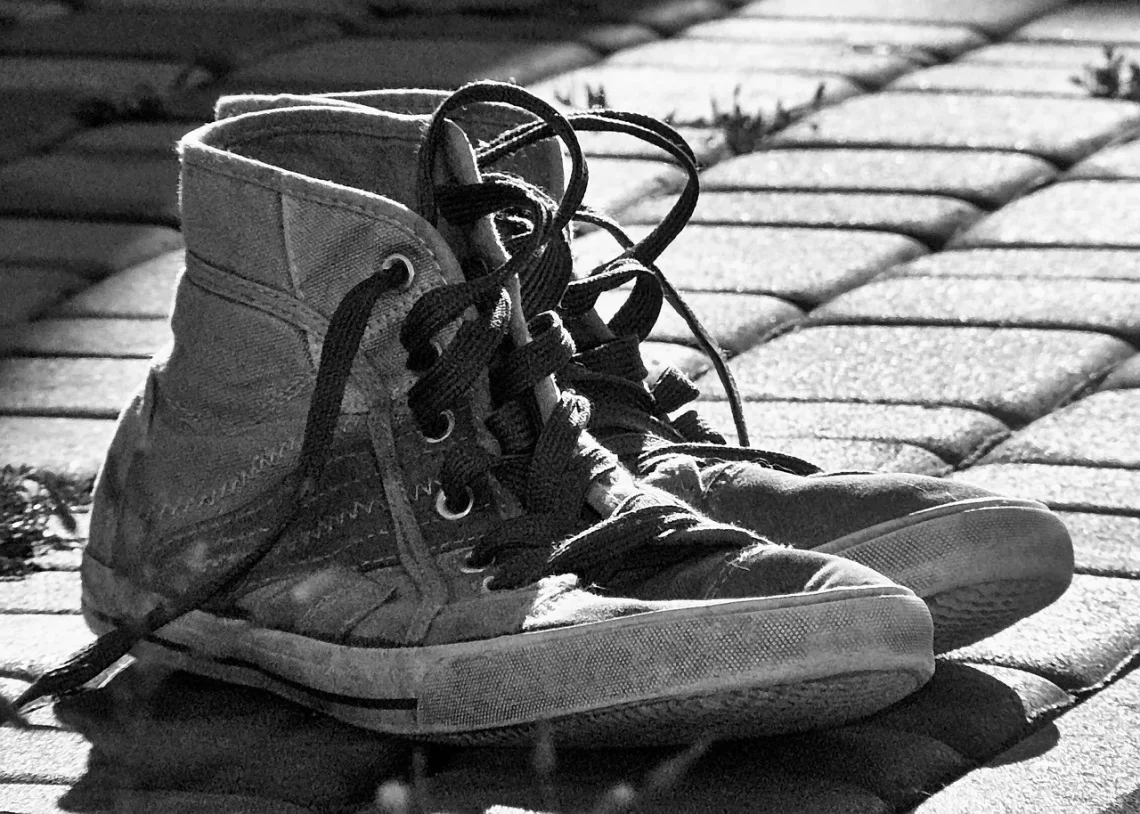
Best Footwear Options for Comfort and Support with a Broken Toe
When dealing with a broken toe, finding the right footwear is essential for ensuring comfort and support during the healing process. A broken toe can be not only painful but also inconvenient, affecting daily activities and mobility. The right shoes can make a significant difference in how much pain you experience and how well you can move around.
Comfort is paramount when selecting footwear after an injury, as well-fitting, supportive shoes can alleviate pressure on the affected area. Additionally, certain features in footwear can promote healing by providing stability and reducing the risk of further injury. It is important to consider factors such as cushioning, arch support, and toe protection when choosing the best shoes for a broken toe.
In this article, we will explore various footwear options that prioritize comfort and support, helping you navigate your daily life with greater ease. Whether you are looking for shoes to wear around the house, during physical activities, or for casual outings, there are many suitable options available. With the right knowledge, you can find the perfect pair of shoes that will aid in your recovery and keep your feet feeling great.
Understanding Footwear Features for Healing
When choosing shoes for a broken toe, it is crucial to understand the features that can aid in your recovery. The right footwear should provide ample support, cushioning, and protection. One of the key factors to consider is the shoe’s design. Look for shoes that have a wide toe box, allowing your toes to move freely without any added pressure. This is especially important when dealing with a broken toe, as tight shoes can exacerbate discomfort and impede healing.
Cushioning is another vital aspect. Shoes that offer good cushioning can absorb shock and reduce the impact on your feet when walking or standing. This is particularly important if you need to be on your feet for extended periods. Look for shoes with padded insoles and midsoles that provide additional support. Memory foam insoles are an excellent choice, as they mold to the shape of your foot, offering personalized comfort.
Arch support is also essential for maintaining proper foot alignment and reducing strain on your toes and feet. Proper arch support can help distribute your weight evenly across your foot, alleviating pressure points. Many brands offer shoes with built-in arch support, or you can opt for removable insoles that provide the necessary support.
Finally, consider the shoe’s closure system. Shoes with adjustable straps or laces allow for a customized fit, ensuring that your shoes don’t slip off or rub against your broken toe. This can help prevent additional pain and discomfort, allowing you to focus on healing rather than worrying about your footwear.
Best Casual Footwear Options
Casual footwear can be both stylish and comfortable, making it a great option for those recovering from a broken toe. Sneakers are often the go-to choice for many people, providing a balance of support and flexibility. Look for sneakers with a breathable upper material and a cushioned sole. Brands that focus on comfort often incorporate technologies designed specifically for shock absorption and support, making them ideal for someone with a foot injury.
Slip-on shoes can also be a suitable option, especially if they feature a wide toe box and cushioning. They provide easy access, eliminating the need to bend down to tie laces, which can be uncomfortable with a broken toe. However, ensure that the slip-ons do not rub against the injured area; the fit should be snug enough to keep the shoe secure but loose enough to avoid pressure.
For those who prefer a more open style, sandals with adjustable straps can provide comfort while allowing your foot to breathe. Look for sandals with a contoured footbed that offers arch support. Avoid flip-flops or sandals without back support, as they can increase the risk of further injury due to instability.
In addition to sneakers and sandals, consider loafers or slip-on flats that feature padded insoles and support. These can be stylish for casual outings while still providing the necessary comfort and support for your healing toe. Remember to prioritize wide designs and adjustable features to accommodate any swelling that may occur.
Choosing the Right Athletic Shoes
If you are an active person or need to engage in physical activities while recovering from a broken toe, selecting the right athletic shoes is crucial. Running shoes, for instance, are designed to provide excellent cushioning and support, making them suitable for light activities during your recovery. Choose models with a spacious toe box and sufficient arch support to keep your feet comfortable.
Cross-training shoes can also be a great option, especially if you are involved in various types of workouts. These shoes typically offer a combination of stability and flexibility, allowing for a range of movements. Look for shoes with a firm heel counter that provides additional support and keeps your foot secure during lateral movements.
If you are into walking or light jogging, walking shoes specifically designed for these activities can also be beneficial. They usually have a more rigid sole, which can help prevent excessive toe movement and provide the necessary support for your foot. Ensure that the shoes have good shock-absorption capabilities to protect your feet further.
When trying on athletic shoes, pay close attention to how they feel on your feet. Make sure there is enough room in the toe box and that the shoes do not cause any discomfort. Consider visiting a specialty store where staff can measure your feet and recommend shoes that are best suited for your needs.
Footwear for Indoor Use
When recovering from a broken toe, it’s equally important to consider what you wear indoors. The right indoor footwear can provide comfort while allowing your foot to heal. House slippers with a supportive sole are a great choice. Look for slippers that have a cushioned footbed and a firm sole to offer stability as you move around your home.
If you prefer something more structured, consider supportive indoor sandals. These provide breathability and ease of use while still offering arch support. Make sure they have a wide toe box to avoid pressure on your broken toe, and opt for adjustable straps to ensure a comfortable fit.
Another option is to use orthopedic socks with grippers on the bottom. They provide a bit of extra cushioning and can be worn with or without shoes. This can be particularly useful for those moments when you need to keep your foot protected but want to enjoy the comfort of being barefoot.
For those who may have a harder time finding shoes that fit well, custom orthotics can be beneficial. These insoles can be added to your footwear to provide additional support and cushioning tailored to your specific foot shape. Consult with a professional to determine if custom orthotics are right for you.
Remember that taking care of your feet doesn’t stop at selecting the right shoes. It’s important to pay attention to how your feet feel and make adjustments as necessary during your recovery.
**Disclaimer:** This article is not intended as medical advice. If you have health concerns or issues related to your injury, please consult a medical professional for guidance tailored to your specific situation.




